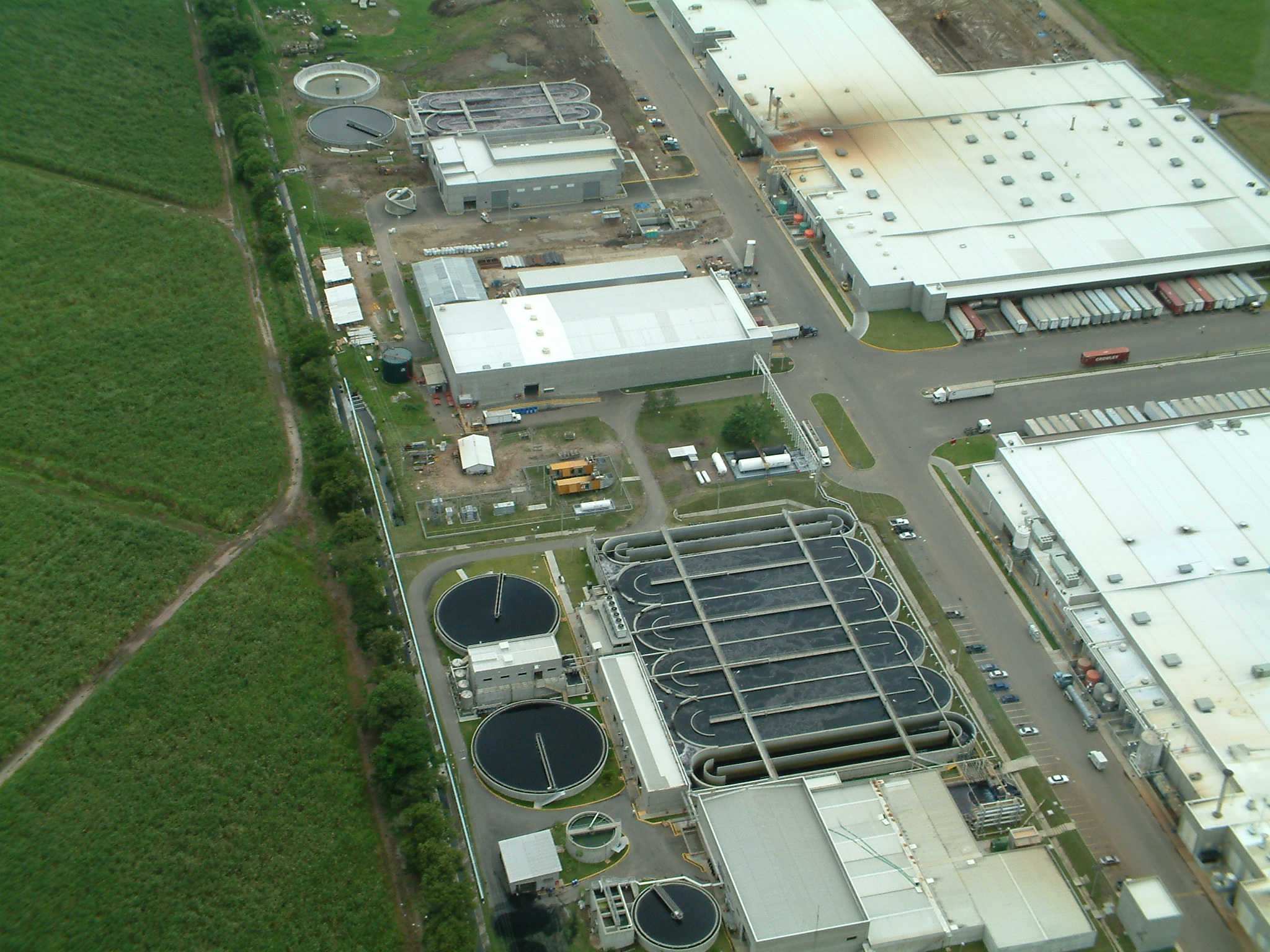The effluents from this plant essentially consist of fluorides, phosphates and ammonia cal nitrogen. An integrated effluent treatment plant for handling the effluents from the existing and the new complex plants is under construction.
This plant consists of a lime slaking unit where lime slurry is prepared from burnt lime by using a slaker installation. From the storage bin, lime is uniformly fed to the Drum slaker, using a rotary table feeder.
Water is added in the slaker in adequate quantities to make slurry. A steam hood with a vent is provided at the discharge end of the slaker in view of the exothermic nature of the slaking reaction.
ADVERTISEMENTS:
The slurry produced in the slaker is passed through a classifier, to separate the coarse particles that are present in lime. At the classifier, additional water is added to obtain the desired slurry consistency. The lime slurry is stored in a tank fitted with an agitator to prevent settlement of lime particles.
The plant effluent is sent to the first reaction tank where the lime solution is added to raise the pH to 7.0-7.5. The second stage limit treatment is given in the second reaction tank where the pH is raised to about 11 which is found to be the optimum level for fluoride removal.
The effluent water, undergoing lime treatment, in each stage, enters a clariflocculator. In the clariflocculator, the effluent water, chemically dosed, enters at the centre of the flocculator unit and flows out equally in radial directions through the circular tank.
ADVERTISEMENTS:
The paddle agitators, in the flocculator, cause their rotating movement, and a gentle stirring of the entire contents, causes the floe particles to sweep through the tank, and impinge upon the light suspended particles which finally grow to a large size.
All the flocculated particles, then, pass out from the bottom of the zone. The whole area at the bottom provides for quiescent settling in the annular settling zone. The heavy particles settle to the bottom and the clean effluent flows into a peripheral launder.
The deposited sludge is raked to a point near the inner wall from which it can be easily discharged. The underflow from the clariflocculator is pumped to a sludge lagoon where it is dried. The effluent is, then, further treated with acid to bring the pH to 5.5-9.0 and, then, mixed with non fluoride effluent to bring down the fluoride level to the stipulated level.

